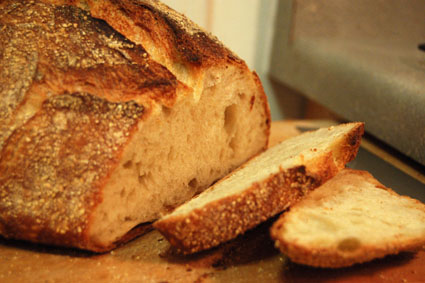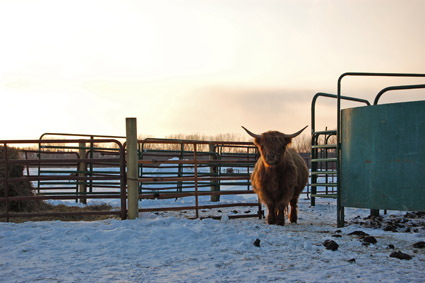Madison.
They're a former incarnation of the zine, a snapshot of the evolution of self-publishing from a time when students - as a whole, in great masses - believed in revolution.
The Storefront for Art and Architecture has organized a show of architectural magazines from the '60s and '70s:
Clip/Stamp/Fold: The Radical Architecture of Little Magazines 196x-197x. Today's New York Times
carries a review, and you can check out a lot of the covers at
the Clip/Stamp/Fold site, under the "Magazines" section.
Fascinating stuff. These little magazines, many student-published, often highly politicized, and generally full of idealism, cover a wide range of topics from architectural criticism to satire to discussions of comics as an art form. A large number appear to be European - English, French, Italian, mostly - but there are showings from Japan and Mexico, among others.
Arquitectos de México (1969) strikes me as particularly interesting, as a voice of political and social consciousness against the repressive government, only later to be crushed by it.
What stands out, both in Nicolai Ouroussoff's review and in my own experience, is how it's hard to imagine something of this sort, these radical views from within the design community, against the design community, ever sprouting today. As Ouroussoff puts it:
Part of the point here of course is that ideas matter. Even the flimsiest of these magazines were shaped by the crazy notion that design not only was important but could also change the world.
How often do we see architects intent on focusing their efforts to making social change? To making a small but powerful impact to improve the world they live in?
Not every day. One example - the one that usually springs to mind - is the late Sam Mockbee, founder of
Rural Studio at Auburn University in Alabama. The program, amazingly, has continued in the five years since his death, designing and building houses and other structures for some of the most impoverished people in America, in western Alabama. It isn't the perfect model for the place of design in world - for one, it relies heavily on volunteer student labor, over a limited time frame, which tightly confines the types of projects that can be effectively taken on - but it's a fine start. It is, if nothing else, an eloquent argument for the ethical responsibility
1 of architects, of designers.
In general, though, you don't see that. I don't often see it professionally. The design world, these days, is heavily influenced by fashion, by the flash of brand marketing, the rapid-fire sound bites of television and advertising. Who makes the headlines? Frank Gehry. Santiago Calatrava. "Starchitects". Big names, showing off bold designs. Bold,
expensive designs. When I was a student, these were the sorts of heights to which everyone aspired. It was all about design, about form, about, essentially, how cool architecture could be.
I never took any courses in ethics. The subject never came up; it never crossed my mind. A quick scan of three major US architecture programs - Harvard, Princeton, and Yale - doesn't pick up but a trace of the notion there. Harvard has a "professional practice" course requirement, but it's running in a completely different direction, with courses on "Markets and Market Failures", "Advanced Real Estate Development and Finance", and "Public Approvals for Private Development Projects", among others.
So, does the design community just think this isn't an issue?
2I am aware of one school that does consider this an issue:
Archeworks. Founded by Stanley Tigerman
3 and Eva Maddox, it's an alternative one-year architecture program for people from all backgrounds. They even have a mandatory Ethics and Morality course during the first semester. Still, it's a tiny program, intended as a means of intellectual growth for professionals. And these professionals need to have the same sort of goals on their radar already; it's unlikely to attract those who've never given their ethical responsibilities much thought.
I suppose we have yet to see what direction the design world decides to take in the future. The outlook, it seems, is bleak. Until we see the return of youthful idealism, we can only expect Sam Mockbee and his like to be brilliant exceptions to the norm.
4* * * * *
1I wish to point out, here, that Mockbee was not a religious man, that his notions of decency in design were not buttressed by some sort of religious ethics. Informed by them, perhaps, in the way that religions and other schools of thought influence our cultures, but Rural Studio was, and is, far more open-minded than that. Also worth noting is the distinct regionalism of Rural Studio, the notion that if one is to make a difference, there are plenty of opportunities in one's own backyard.
2Well, that's my guess.
3One of the old guard, who very well might have been behind some of the magazines in the Clip/Stamp/Fold show. He's loud, he's brash, and he'll only take crap from you if you can back it up with good ideas that show serious thought. He's very funny if you're on his good side, and unapologetically blunt if you're not.
4Mockbee was awarded a MacArthur Foundation Fellowship, in 2000, for his Rural Studio work. So, yes, there are people out there who think he might have been on the right track.



